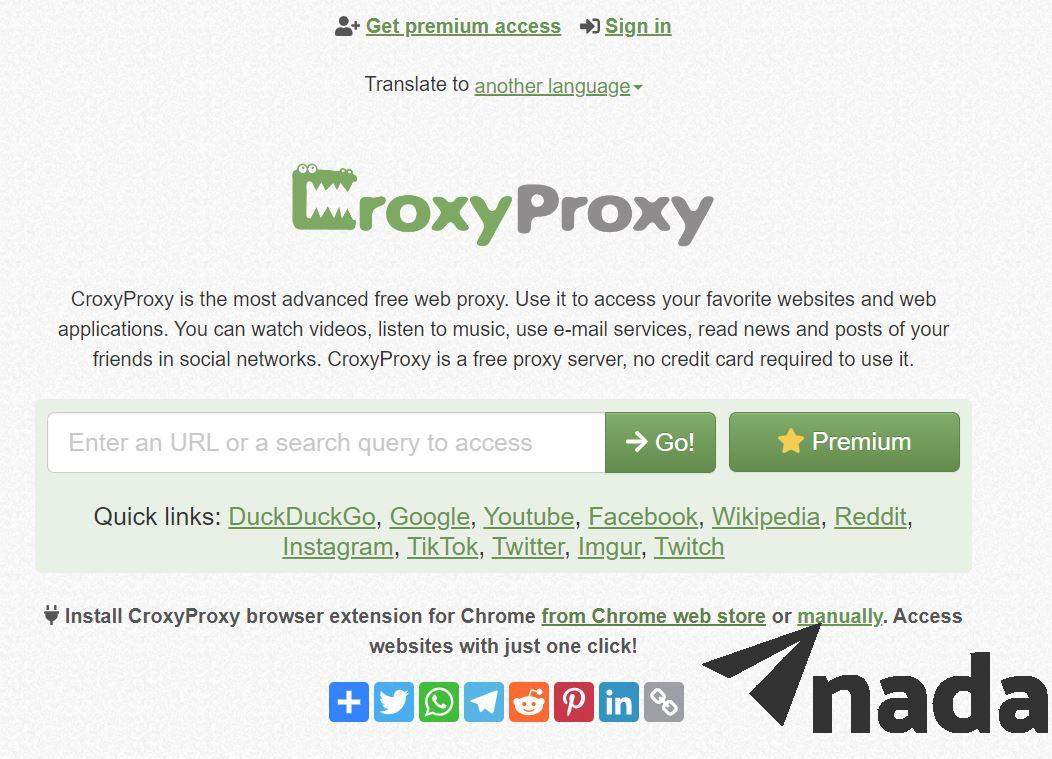In an era dominated by digital connectivity, the need for secure and anonymous browsing has become paramount. Users are increasingly turning to proxy services to safeguard their online activities, and CroxyProxy stands out as a popular choice. In this article, we delve into a critical aspect of CroxyProxy’s functionality – its support for HTTPS encryption. Understanding this feature is crucial for those seeking a reliable and secure proxy solution.
The Significance of HTTPS Encryption in Online Security
Before we explore CroxyProxy’s HTTPS encryption support, it’s essential to grasp the significance of HTTPS in the realm of online security. HTTPS (Hypertext Transfer Protocol Secure) ensures a secure connection between the user’s browser and the website they are visiting. This encryption protocol protects sensitive information from potential threats, including hackers and data interceptors.
CroxyProxy Unveiled – A Brief Overview
To comprehend how CroxyProxy fits into the larger landscape of online security, let’s first take a closer look at the proxy service itself. CroxyProxy is a web proxy that allows users to access blocked websites and enjoy a degree of anonymity while browsing. Its user-friendly interface and seamless operation make it a popular choice for individuals looking to bypass restrictions and enhance privacy.
The Mechanics of CroxyProxy’s HTTPS Encryption
Now, let’s turn our attention to the core of the matter – CroxyProxy’s support for HTTPS encryption. CroxyProxy employs a croxyproxy site robust encryption mechanism that extends to both HTTP and HTTPS connections. This means that users can benefit from a secure browsing experience, ensuring the confidentiality of their data while accessing websites through the proxy service.
Advantages of Using CroxyProxy with HTTPS Encryption
4.1 Enhanced Privacy: By supporting HTTPS encryption, CroxyProxy provides users with an added layer of privacy. This is particularly important when accessing websites that require login credentials or involve sensitive transactions.
4.2 Bypassing Restrictions Safely: CroxyProxy’s HTTPS support enables users to bypass geo-restrictions and access region-locked content without compromising on security. This is especially valuable for individuals who wish to enjoy unrestricted internet access without exposing their data to potential threats.
4.3 Protection from Man-in-the-Middle Attacks: HTTPS encryption in CroxyProxy safeguards users against man-in-the-middle attacks, where malicious entities attempt to intercept and manipulate the communication between the user and the website. This ensures a secure and tamper-proof connection.
How to Enable HTTPS Encryption on CroxyProxy
For users unfamiliar with the process, enabling HTTPS encryption on CroxyProxy is a straightforward task. The following steps guide users through the setup:
5.1 Access CroxyProxy Settings: Users can navigate to the settings section of CroxyProxy to configure their preferences.
5.2 Locate HTTPS Encryption Option: Within the settings menu, users will find the HTTPS encryption option. This can typically be toggled on or off based on individual preferences.
5.3 Save Changes: Once the HTTPS encryption option is enabled, users should save their changes to ensure the settings take effect.
Frequently Asked Questions about CroxyProxy’s HTTPS Encryption
While there might be a slight decrease in browsing speed due to the encryption process, the impact is generally minimal. CroxyProxy strives to maintain a balance between security and performance.
Conclusion:
In conclusion, CroxyProxy’s support for HTTPS encryption solidifies its position as a reliable and secure proxy solution. By understanding the importance of HTTPS and the advantages it brings, users can make informed decisions about their online security. Whether you are looking to enhance privacy, bypass restrictions, or protect against cyber threats, CroxyProxy’s HTTPS encryption feature proves to be a valuable asset in the realm of secure browsing.
- Can I watch TV shows on PRMovies? - March 3, 2024
- Does Rdxhd offer subtitles for movies and TV shows? - February 29, 2024
- What Are Some Strategies For Technical Masterminds To Mentor And Support The Next Generation Of Innovators And Problem Solvers? - February 23, 2024
